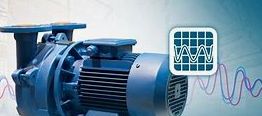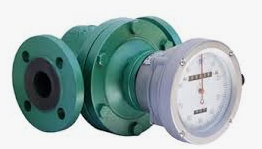
Hydrostatic Pressure Methods
Level measurement involving the principles of hydrostatics has been available for many years. These gages have taken numerous forms, including:
a. The diaphragm-box system
b.Hydrostatic differential-pressure meters
c.The air-bubble tube or purge system
Hydrostatic head may be defined as the weight of liquid existing above a reference or datum line. It can be expressed in various units, such as pounds per square inch (psi), grams per square centimeter, and feet or meters of liquid measured. the head is a real force, due to liquid weight and it is exerted equally in all directions. It is independent of the volume of liquid involved or the shape of the containing vessel. A depth/height of liquid has a particular static pressure or head may be expressed by the relationship:
Where P = p g h
P is the static head pressure,
P is the density of the liquid,
G is the specific gravity of the liquid,
H is the height of the liquid
From this relationship it is seen that a measurement of pressure P at the datum or reference point in a vessel provides a measure of the height of the liquid above that point, provided the density or specific gravity of the liquid is known. Also, this relationship indicates that changes in the specific gravity of the liquid will affect liquid-level measurements by this method, unless corrections are made for such changes. A compensation for environmental changes, which affect measurement accuracy, may be automated in some systems through the use of microprocessors and sensors that would continuously or intermittently detect the changes in such factors as liquid temperature or density.
When a pressure greater than atmospheric is imposed on the surface of the liquid in a closed vessel, this pressure adds to the pressure due to the hydrostatic head and must be compensated for by a pressure measuring device which records the liquid level in terms of pressure.
P liquid head = (P total at vessel bottom – P overhead)




